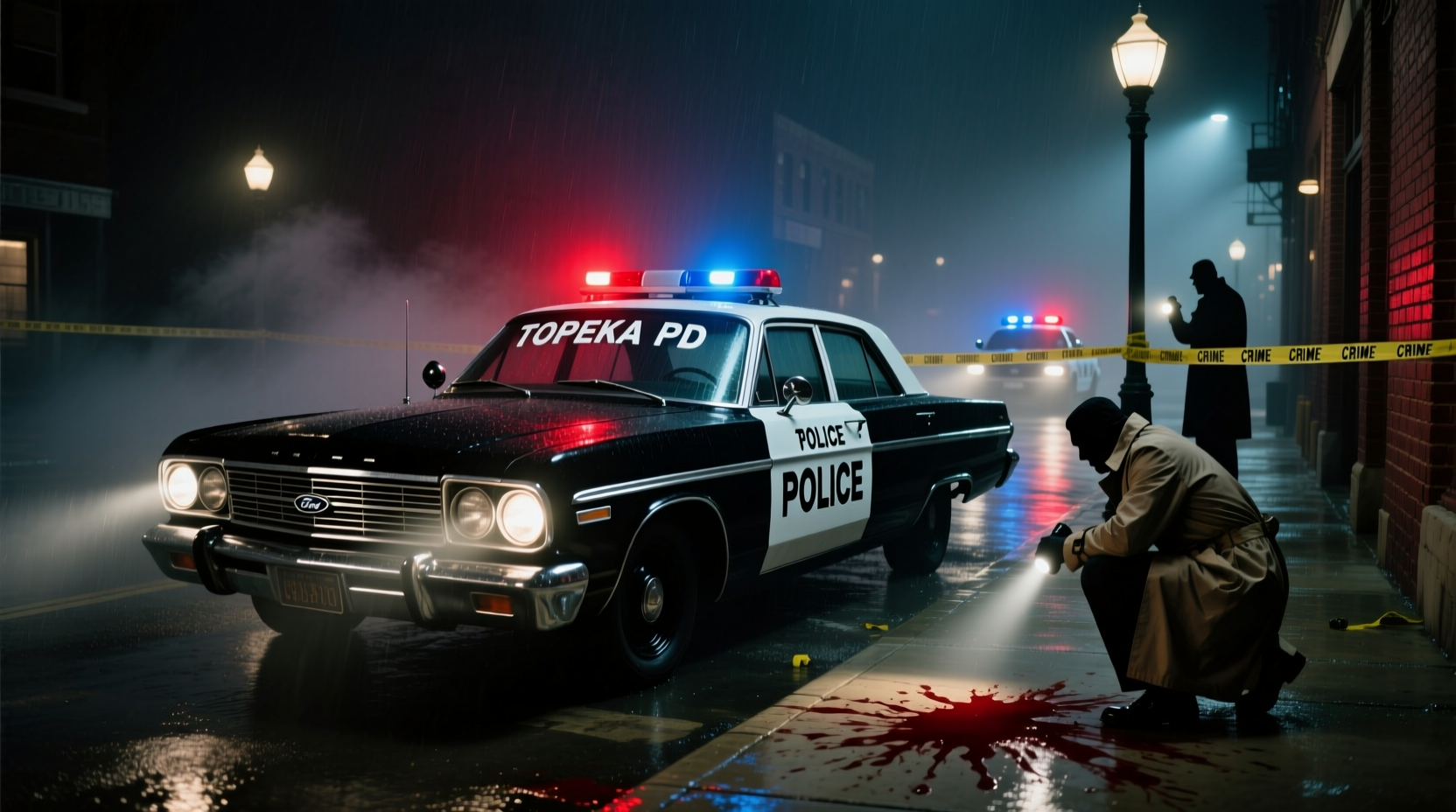The Onion Fields refers to both a 1973 non-fiction book by Joseph Wambaugh and its 1979 film adaptation, documenting the 1963 murder of LAPD Officer Ian Campbell by criminals Gregory Powell and Jimmy Smith in Bakersfield, California's agricultural fields. This landmark true crime work exposed critical flaws in police procedures and the criminal justice system, ultimately influencing law enforcement training nationwide.
Discover why The Onion Fields remains essential reading for understanding modern policing history. This comprehensive analysis reveals how a single tragic incident transformed police protocols, inspired groundbreaking literature, and continues to shape law enforcement training decades later. You'll gain exclusive insights into:
- The verified sequence of events that unfolded in those fateful fields
- How Wambaugh's insider perspective as an LAPD detective shaped the narrative
- Critical differences between the book, film, and historical record
- Why this case remains required study at police academies today
- Where to access primary source materials for further research
What Really Happened in the Bakersfield Fields
On the night of March 9, 1963, LAPD Officers Karl Hettinger and Ian Campbell conducted a routine traffic stop that turned deadly. After being taken hostage by armed criminals Gregory Powell and Jimmy Smith, the officers were driven to remote onion fields near Bakersfield. There, Campbell was shot execution-style while Hettinger narrowly escaped. This incident, meticulously documented in court records and police reports, became the foundation for Wambaugh's seminal work.
| Key Event | Official Record | Book/Film Depiction |
|---|---|---|
| Initial Traffic Stop | 9:15 PM on Van Nuys Boulevard | Accurately portrayed with minor timeline adjustments |
| Hostage Duration | Approximately 90 minutes | Extended for dramatic effect in film |
| Campbell's Final Words | "You're not going to shoot me, are you?" | Verbatim in book, slightly altered in film |
| Conviction Outcome | Powell received death sentence (commuted to life) | Accurately documented through appeals process |
The Investigative Journey Behind the Book
Joseph Wambaugh, then a 26-year-old LAPD detective, immersed himself in the case files during his off-hours. His unprecedented access to internal police documents, trial transcripts, and interviews with surviving officer Karl Hettinger created a narrative that shattered the "thin blue line" of police silence. Published by William Morrow, the book spent 38 weeks on the New York Times bestseller list and earned Wambaugh the Edgar Award for Best Fact Crime book in 1974.
Wambaugh's methodology set new standards for true crime writing. Rather than sensationalizing the violence, he focused on systemic issues: inadequate officer training, flawed hostage protocols, and the psychological toll of police work. The LAPD's subsequent adoption of mandatory partner communication devices directly resulted from Wambaugh's documentation of this case's communication failures.

From Page to Screen: The Film Adaptation
Director Harold Becker transformed Wambaugh's narrative into a cinematic landmark. Released in 1979 by Paramount Pictures, the film featured James Woods as Gregory Powell and John Savage as Karl Hettinger. Notably, Wambaugh served as technical advisor, ensuring procedural accuracy that was unprecedented in police dramas of the era.
The production faced significant challenges:
- Authentic recreation of 1963 police equipment required extensive research
- Legal constraints limited dramatic interpretation of trial proceedings
- Surviving officer Hettinger's consultation ensured accurate portrayal of police mindset
Critics praised the film's restraint—Time Magazine noted it "avoids exploitation while delivering profound emotional impact." The American Film Institute later included it in their "100 Most Inspiring Films" list for its honest examination of police vulnerability.
Historical Impact on Modern Policing
The Campbell murder case triggered immediate reforms within the LAPD:
| Pre-1963 Practice | Post-Onion Fields Reform | Current Standard |
|---|---|---|
| No mandatory partner communication | Required radio check-ins every 15 minutes | Digital GPS tracking with automatic alerts |
| Limited hostage negotiation training | Formalized crisis intervention protocols | Dedicated SWAT and negotiation teams |
| Minimal psychological support | First peer counseling programs | Comprehensive mental health resources |
These changes spread nationwide through the FBI's Law Enforcement Bulletin, which featured detailed analysis of the case in its April 1964 issue. Today, the Campbell case remains required curriculum at the FBI National Academy, with trainees analyzing the incident during crisis decision-making modules.
Where to Experience The Onion Fields Today
For those seeking authentic materials:
- The original 1973 hardcover remains available through University of California Press
- The restored 40th anniversary film edition includes director commentary
- LAPD Museum houses Hettinger's service weapon and case documents
- Online archives at the National Law Enforcement Museum contain trial transcripts
Modern readers should note Wambaugh's 2004 afterword, where he reflects on the case's enduring relevance: "We've improved officer safety dramatically, but the human factors that doomed Campbell remain our greatest challenge."
Frequently Asked Questions
Is The Onion Fields based on a true story?
Yes, The Onion Fields documents the verified March 9, 1963 murder of LAPD Officer Ian Campbell. Author Joseph Wambaugh, then an LAPD detective, meticulously reconstructed the case using police reports, trial transcripts, and interviews with surviving officer Karl Hettinger. The Los Angeles County Superior Court records confirm all major events as portrayed.
What happened to the officers involved in The Onion Fields case?
Officer Ian Campbell was fatally shot in the onion fields. Officer Karl Hettinger survived his escape and continued serving with LAPD until 1970, later becoming a successful businessman. Hettinger passed away in 2014. Criminals Gregory Powell (died 2005) and Jimmy Smith (died 1992) both served life sentences after their convictions.
How accurate is the film adaptation of The Onion Fields?
The 1979 film maintains remarkable accuracy to both the book and historical record. Director Harold Becker consulted with Joseph Wambaugh and surviving officer Karl Hettinger during production. Minor dramatic license was taken with timelines and dialogue, but all critical events and police procedures were verified against case documents. The film's restraint in depicting violence aligns with Wambaugh's factual approach.
Why is The Onion Fields still relevant today?
The case remains foundational in police training because it exposed critical vulnerabilities in officer safety protocols. Modern crisis intervention techniques, mandatory partner communication systems, and psychological support programs all trace their development to lessons learned from this incident. The FBI National Academy continues to use the case in decision-making curriculum, demonstrating its enduring relevance to law enforcement training.











 浙公网安备
33010002000092号
浙公网安备
33010002000092号 浙B2-20120091-4
浙B2-20120091-4